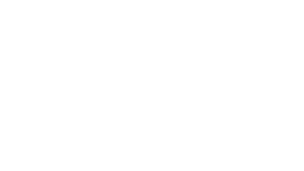No cross-border power link-up costs customers £30 a year
- Published

The wait for a cross-border interconnector could be costing households £30 a year
Delays in building a cross-border electricity interconnector could costs households in Northern Ireland £30 a year, it has been claimed.
Homeowners are paying more for electricity because the existing grid is not sufficient to allow proper power sharing.
A substantial system to allow the transfer of electricity in both directions has been planned since 2006.
But various delays and protests have prevented its construction.
The system would run from near the village of Moy in County Tyrone in the north across the border to join the Republic's main electricity grid in County Cavan.
It would help complete a robust power loop and allow the transmission of renewable energy from the west of the island where wind and wave power will provide much of the future energy needs.
Even the electricity regulators on both sides of the border want to see the interconnector built, even though it is the customers who will have to foot the bill.
At present, cross-border electricity suppliers are not able to share electricity at peak times in the volumes they would like. It means that cheaper surplus electricity generated on one side of the border can not be easily shared by customers on the other side.
At night each part of the island has to keep its power stations going to create reserve spin or as back-up to wind turbines in case the wind drops. If they could share that reserve load fewer stations would be needed and the costs of the electricity would be lower.
But the interconnector plans have met with substantial opposition from those who live along the proposed route of the huge power lines.
They have expressed considerable concern over health risks that are claimed to come from the electromagnetic fields that come from the lines.
It is feared in some quarters that these cause cancers and other illness, especially in young children. As a result there have been calls for the lines to be buried underground instead of being supported by tall pylons.
However, a recent independent inquiry into the expense of putting the problem underground suggests that costs would rocket from about 200m euros to 500m euros.
Ultimately it would be the customers who would have to pay the extra bill, spread over several decades.
Few are questioning the need or benefits for the interconnector. It is how and where it is built that is going to tax the minds of those running the public inquiry which is expected to last up to two weeks.
- Published5 February 2012
- Published17 January 2012